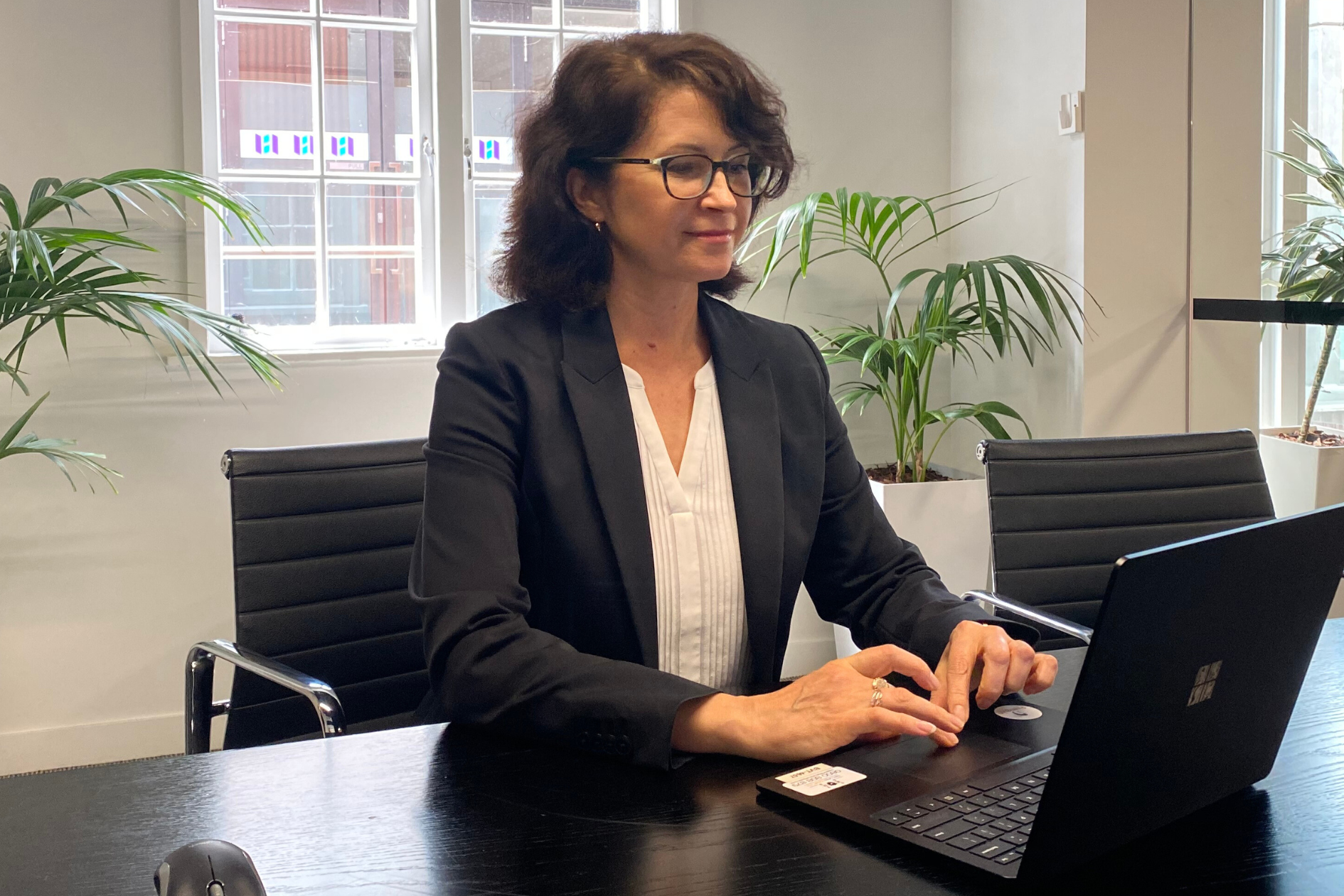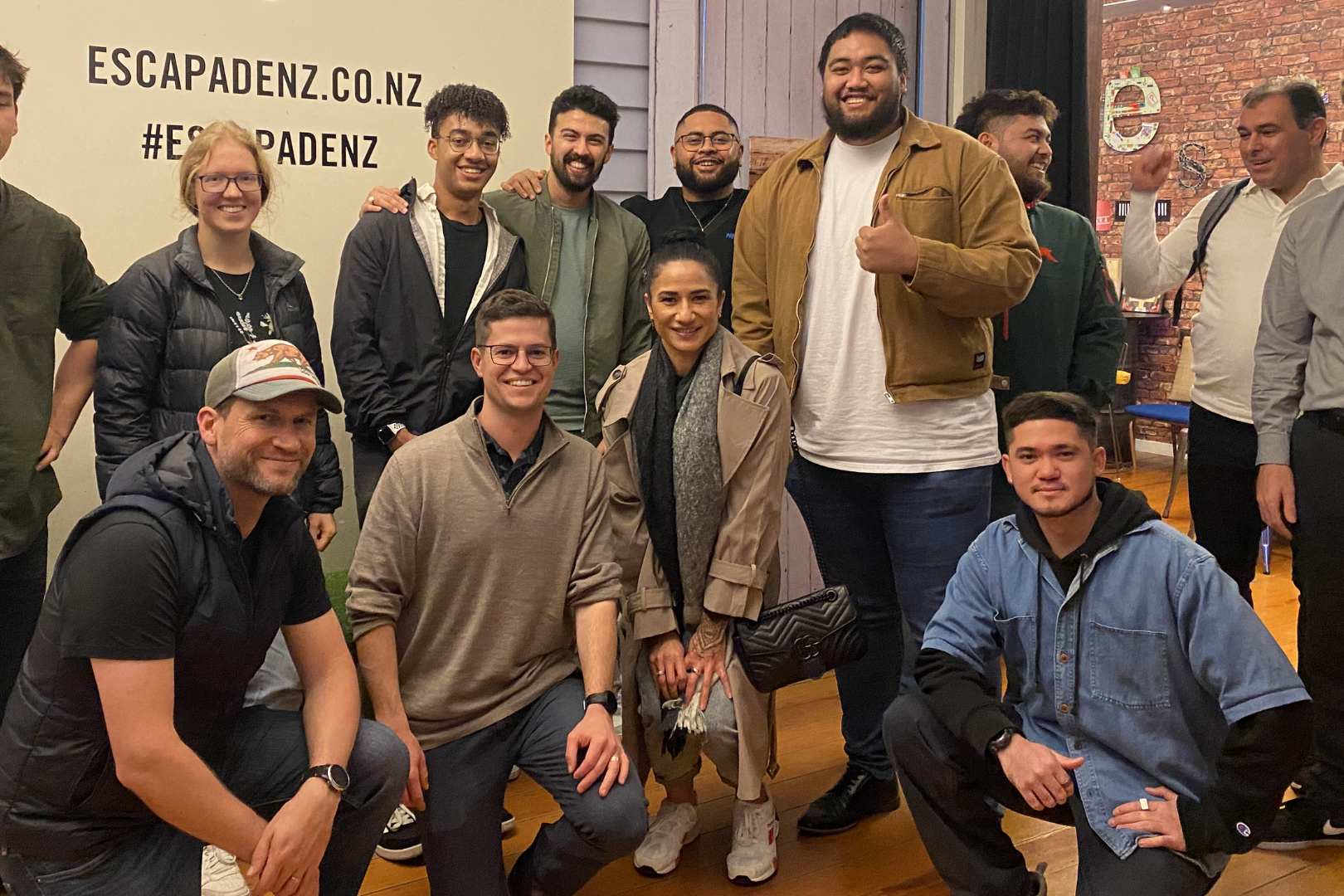Starting in August last year, Brevity was one of 20 companies from New Zealand and Australia to take part in the Four Day Work Week pilot (4DWW).
The pilot lasted 6 months and was supported by 4 Day Week Global. It was a huge success with so many benefits – some expected and some a nice surprise (read more about our initial 4DWW trial here). Throughout the trial, productivity levels were maintained even as the team reduced their working hours by 20%. Staff motivation and job satisfaction increased, and teamwork reached new heights.
There was no doubt that we wanted to continue with the 4DWW in 2023, but the environment was changing quickly as the country found itself heading into a recession. We decided a reset was needed. We chose to conduct a second trial to determine the roadmap for 4DWW success in a different financial environment. This trial started on the 12 June and has been running for just over a month.
How does the 4 Day Working Week work in a recession?
In the initial trial we were experiencing high demand for our work. It was coming in as quickly as we could turn it around. It was easy to measure whether we maintained productivity as we could apply a like-for-like comparison for output. If we produced as much work in a four day week as we had in a 5 day week, we knew we were hitting the 100% productivity mark. However, in a recession, where you can’t rely on 100% capacity, this is less of an accurate measure.
If the work coming in is not enough to reach 100% productivity, in many circumstances employees will simply reduce the amount they do in a day to meet the reduced workload. However, for the 4DWW to work, employees need to maintain 100% productivity whilst working 80% of the time. Therefore, the onus shifts to the team to find ways to remain highly productive. If there is not enough standard work, employees must find other ways to remain productive. This could include developing new business skills such as sales and marketing to help lift the level of work coming in, improving internal systems or completing professional development. The key is that overall company productivity is front of everyone’s mind as they decide how to work effectively, and each individual finds ways that they can contribute. If this includes widening their usual scope of work, that’s totally fine. The result speaks for itself, as the company pivots to match the environment we are operating in.
Thinking around these changes led us to consider what efficiency encompasses. While completing projects is an obvious measure for our delivery team, so could practising jobs for our new engineers, or making sales calls for our senior engineers. We also think about what productivity looks like for other departments such as finance or sales.
4DWW working group
For the first trial, we nominated a lead person (Georgia Periam), and then the whole team got involved in figuring out how everything would work. The second time around, we knew more and had the full team onboard. This time we formed a 4DWW working group. It initially included three engineers and a delivery lead but as we changed the definition of productivity we realised we needed a better representation of the whole company. As a result, we adjusted the mix to also include representatives from finance and sales. With representation from across the organisation, the working group were able to set goals for each department. Goals included actions such as having no overdue tasks or keeping receivables under a certain percentage.
Hitting the productivity goal
Our second trial follows the same premise as the first. If every team member meets their productivity measures each week, the gift day is awarded for the following week. In the first trial, everyone stepped up to the productivity challenge and the gift day was awarded every time.
One of the differences with the second trial is the inclusion of goals across all departments. Because the gift day is tied to all goals being met, it has encouraged the team to think how their actions affect people across all departments of the organisation, and to work in ways that support everyone to produce their best. Whether this is getting expenses to the accounts team on time, or offering to reduce someone else’s workload, it has resulted in a step change in the way the team works together across the whole organisation.
The importance of continual improvement
One of the great learnings from our first 4DWW trial was that improving productivity is as much about culture as it is about finding new ways to do things. Real change comes from all the one- percents, and a focus on continual improvement. Yet, in the review, the team felt that continually thinking of new ideas and implementing them was one of the hardest parts.
What better way to encourage a focus on new ideas than to make it a team goal, and tie it to the gift day? This is exactly what we’ve done for our second trial. Each month, each department must find a productivity idea, have it approved by the leadership team, and implement it in order to be awarded their gift days. As a result, time is being allocated to this important job and we will have at least 18 new productivity improvements in action by the end of the trial.
How do we include part-time staff?
Our recruitment processes have focussed on increasing diversity within our organisation and a key part of this is offering a flexible work environment. With a small number of part-time staff joining the team, we needed to consider how the 4DWW could work for them as well. This was a relatively simple adjustment as we decided the same principles apply to all staff. The 4DWW requires employees to maintain 100% productivity while working 80% of their hours, for 100% of their pay.
We applied this to our part-time staff, who now also benefit from the 4DWW. Depending on the hours they are employed to work, they are now eligible to take 20% of their hours as a gift day each week if the team achieves their productivity goals. In many cases, part-time staff choose these hours because they are managing other responsibilities so the additional flexibility can add significantly to their work/life balance.
A learning period ahead
We are excited about the learnings we’ll gather from this second trial, and we are very happy to share them as we go. Follow Brevity on LinkedIn for regular updates and productivity hacks, which you are welcome to try out in your organisation (let us know how they go!).
If you’d like to know more about the 4DWW, feel free to get in touch with us and we’ll happily share more information.
NAVIGATING EXPECTATIONS: THE REALITY OF BIM FOR INTERIORS
The engineering details for interiors tends to be short, fast and with the potential for many clashes, resulting in a…
NAVIGATING CHANGE AND EMBRACING GROWTH: A CONVERSATION WITH IRINA CHERKASOVA
From the return to the office post-COVID to the impacts of governmental shifts on the industry, Irina provides candid…
HOW STRONG VALUES DRIVE CONFIDENT DECISION MAKING
Essentially, every decision made is crucial to our success, and yet we want our people to make these decisions…


